I'm still sort of in denial that it's all actually over.
It's not over, really. I'm just not in the Galapagos anymore, and in a week I'll be going back to the normal student life of an OSU Beaver. So it feels over. It feels like it will be all too easy to let my study abroad experience fade away into my past and put the Galapagos Islands right back into the dream world where they originally were for me. And that is terrifying, because I NEVER want to forget how incredible study abroad experience was and how greatly it has affected my mindsets and values and altogether changed me as a person.
So what did it all end up meaning for me?
Well, Quito was quite the experience in learning about cultures other than my own. Living in a large city was new for me in general. I learned about Ecuador as a country of rich diversity in landscape and cultures. I tried new food, learned about the history of the city and country, visited the cloud forest, explored the coast, and watched a volcano erupt. In reality, though, I didn't venture very far beyond the opportunities offered through class. I hadn't yet learned to feel comfortable in the unfamiliar.
On the Galapagos islands, I began to branch out of my comfort zone more. Examples: during boat rides. I went from nervously clutching the most sheltered bench of the tiny lanchs, boats we used to bounce across ocean wave crests, to perching comfortably at the very tip of the bow with my legs over the edge just to feel the wind. I learned to free dive and ended up chasing white tip reef sharks while snorkeling just to get a better look. I fell in love with scuba diving and got PADI advanced certified just so I could have more dives in new places and go deeper in familiar ones. I learned to surf (well, started to). I talked to strangers. All of the time. I let myself get lost in life there, and it was incredible.
The overall academic experience was invaluable. When and where else would I ever be able to have school consist primarily of fieldwork on equatorial beaches and rocky intertidals as well as snorkel and SCUBA excursions in Darwin's backyard? Conservation science and management was forefront in our Marine biology and ecology classwork. The anthropomorphic issues presented through our classes in this "pristine" hub of biodiversity put the vast scope of their global counterparts into perspective. I'll expand on that more another time, perhaps when I return to my main blog page. Long story short, though, I was inspired to redirect my future. I love science, I love marine biology, but I want to be able to apply it. I am really most passionate about issues of climate change, human impact, and understanding the dynamics between ecological systems and human society. I want my path in science to be relevant to these issues, I want to DO something about them. I'm only just beginning to realize how that might change the direction of my studies and future career, and I'm still trying to formulate the words to really express this gut-feeling of a need for change. But I'm getting there.
The real value of my experience only began to come apparent to me with six weeks left in the program, after that incredible island hopping trip where I began to lose myself in the magic of the islands. I started to learn how to be my self - or rather, how to recognize that I'm still learning who I am. I recognized the value of self-reliance, and the insignificance of petty actions and interactions by and with others who don't hold respect for you. I began to love realizing the beauty that every single day holds, if only you chose to open your eyes and heart to the moments that happen in the right here and right now. I wanted more than anything to be fully present in the world around me - physically, mentally, and emotionally. I let my heart be claimed by incredible new friends that I hope to hold on to for years to come. I realized that there is a lot more to see in the world, and I discovered a hunger to experience as much of it as possible in the future. I'm not ready to say "this is who I am and this is what I want to do with my life" because, by the end of this trip, I didn't know anymore. And that's a great feeling.
My personal growth was the most important thing I've come away with. I think part of the reason I struggled so much the days before I left was that I feared I would forget the memories that helped direct me. I still fear that, but I know that my experience has irreversibly changed me, has added incredible friends to my life, has altered my mindsets about my future, has changed how I approach uncertainty and unfamiliarity....and I'm pretty sure that's going to stick with me forever.
Coming back has been rough. The days before leaving the islands, I felt as though I was floating in limbo. It was time to leave, and I'd come to terms with that, but I wasn't ready to go back to the states. I was also struggling with goodbyes. The day before our flight held a lot of tears for me. We left on the 19th, and I turned that morning into a movie-montage-worthy session of sprinting through town to say goodbye to every friend and familiar face I could find. I even jumped on a water taxi to chase one down while he was working on a boat in the harbor. After the goodbyes, I had over 48 hours of travel time through multiple large cities via planes and car rides before eventually making it home. It followed a night of maybe one and a half hours of sleep (we celebrated our last night on the island in proper Galapa-style). During my layover in Quito, my backpack was stolen. I lost my laptop, gopro, favorite sweater, comfy ecua-pants....the most disappointing thing was the lost of all of my photos from the trip. Anything not already posted here or on facebook is gone. I thought I lost my journal as well (I found it again later in my checked luggage), and at that point I felt absolutely destroyed. The layovers in huge airports didn't help. I'd gone from an island of 7,000 inhabitants directly to airport terminals that hosted at least that many travelers passing by every couple of hours. Talk about culture shock. Eventually I made it to San Francisco, where I ran into my mom in the bathroom at baggage claim. It was actually really funny - we had our OH MY GOD HI I MISSED YOU SO MUCH moment in front of bathroom stalls and a long line of impatient holiday travelers. The next day was spent driving north to our house Arcata, where I've been ever since.
I'd never spent more than a few days in this house before, since my family just moved here a few months ago. I was coming home to a place I barely know. Having Christmas away from the Colorado snow was strange to say the least. And the whole time I've been trying to readjust and not miss my Galapagos home too much.
I'm "home" and still feel homesick.
My good friend Colleen shared a piece of what she wrote in her journal about this feeling:
"It's a curious thing, the places you find yourself calling "home," as if you're not shedding pieces of yourself everywhere you go. Home is internal, a gut-feeling that resonates. You know that you may return if you must. Home is a place that you bring with you as you go.
In the off-chance that I would find a home on an island in the middle of the Pacific Ocean, I did. I stumbled upon this sunny little place and immediately felt it's magic. It welcomed me as I welcomed it. I took chances, dove into my unfamiliar, fell in love with something new every day, and could feel the universe on my side in these moments.
Like stringing shells into the necklace that hangs over my heart, this home will be with me wherever I go. It is written in the pages of my book, forever in my heart, forever with me. I'm on my way home."
I could not agree more with her words.
The fact that we can feel as though we are leaving a home while coming back to another speaks immensely to the connections we were lucky enough to build during our experience. It makes me proud to realize how thoroughly I lost myself in the discovery of a different lifestyle in a different place with different people.
I have a lot more homes than I ever realized. My heart is spread out pretty far already. The redwoods of Arcata, CA are my birthplace and where my parents currently live and from where I am writing this post. Mt. Hood, Oregon hosted all of my first solid childhood memories: the first memorable friendships, first bike ride, first ski lessons, etc. Northern Germany holds all of my mother's family and over a dozen of my traveling experiences, including my favorite Christmases. I lived over half of my life in the Colorado Rocky Mountains. Their wilderness as well as the city of Denver are from where I identify myself. I'm nothing if not Coloradan. My current life exists primarily in Corvallis, Oregon with my studies. And now I have added a tiny archipelago over 4,000 miles away to the list.
I've been searching for ways to hold on to all of these homes and the significance each has held for me. I turn to art, to writing, to reading. I love to collect shells and stories, and I'm trying hard to collect each part of my own story without losing the details.
One of the joys of being back included refreshing my library on a whim with a quick trip to Arcata's own Tin Can Man Used & Rare Books Store. I love that place. You never know what written treasure you might find, and every book has its own story of who has already read and loved or spurned the words inside; scribbling notes or highlighting and circling and corner-folding along the way. I have this rule when I go to book stores to help prevent me from entirely emptying my wallet on literature: I am allowed up to two books on my wishlist (if i should happen to find them), and I am allowed one - just ONE - of the dozen or so titles I've never heard of that will likely jump out to me along the way. In this case, the one happened to be "Animal Dreams" by Barbara Kingslover. The two on my list turned out to be Rebecca Solnit's "A Field Guide to Getting Lost" and "The Faraway Nearby." God ol' Tin Can Man had exactly one already well-loved copy of each, which I purchased, I dove straight in to the first.
"Leave the door open for the unknown. ... that's where the most important things come from."
"To be lost is to be fully present, and to be fully present is to be capable of being in uncertainty and mystery"
"Not till we are lost, not till we have lost the world, do we begin to find ourselves, and realize where we are and the infinite extent of our relations," (Henry David Thoreau)
I'm only a few pages in, and already statements and passages which resonate with relevance to my experience and to my future are flying out to me.
Colleen introduced me to the prose of Rebecca Solnit during our last trip to the island of Santa Cruz through passages of "The Faraway Nearby." These memoirs of personal reflection on the values of wandering the unknown and the strength of connection through our personal stories are an absolute necessity to read. Part of me wishes I had discovered these literary gems before leaving for Ecuador. Perhaps I would have learned to lose myself in the experience, to truly understand the archipelago and welcome it as my home sooner had I already read her words.
Then again, the lessons probably wouldn't have resonated with me before.
Before, I was abhorrently afraid of unknowns.
Before, "lost" was to me a term of discomfort and fear in an unfamiliar place, rather than an opening of doors to possibilities, rather than learning oneself through the total disconnect from the familiar.
Before, I was extremely happy with the fact that I had a VERY solid plan for how my future academic life would smoothly play out through graduate school and a PhD into a professional scientific career of research coinciding with settling down and building a family in the Pacific Northwest.
Now?
Now, I want to open every door. Sure, I like having a pretty standard and (hopefully) successful future laid out....but the security of it is all just so dull. It assumes that in 5, 10, 15 years from now, I'll be the same person in the same place with the same interests.
I changed too much in just four months - hell, in just the last 2 months of my experience - to be that sure about myself for that stretch of future.
I'm 20 years old. I don't know shit about life. Yet.
The Galapagos were once called "Las Islas Encantadas," the enchanted islands, for the way that they suddenly disappeared and reappeared in and out of fog to passing sailors and pirates. Out the window of the LAN airplane one week ago, we watched San Cristobal and it's colorful little town of Puerto Baquerezo Moreno slowly shrink until, suddenly, clouds engulfed it all - and that was it. Hopefully I find my way back before too long. No matter what, though, the enchanted islands are now and forever a part of my life.
Que trip. Que buen trip.
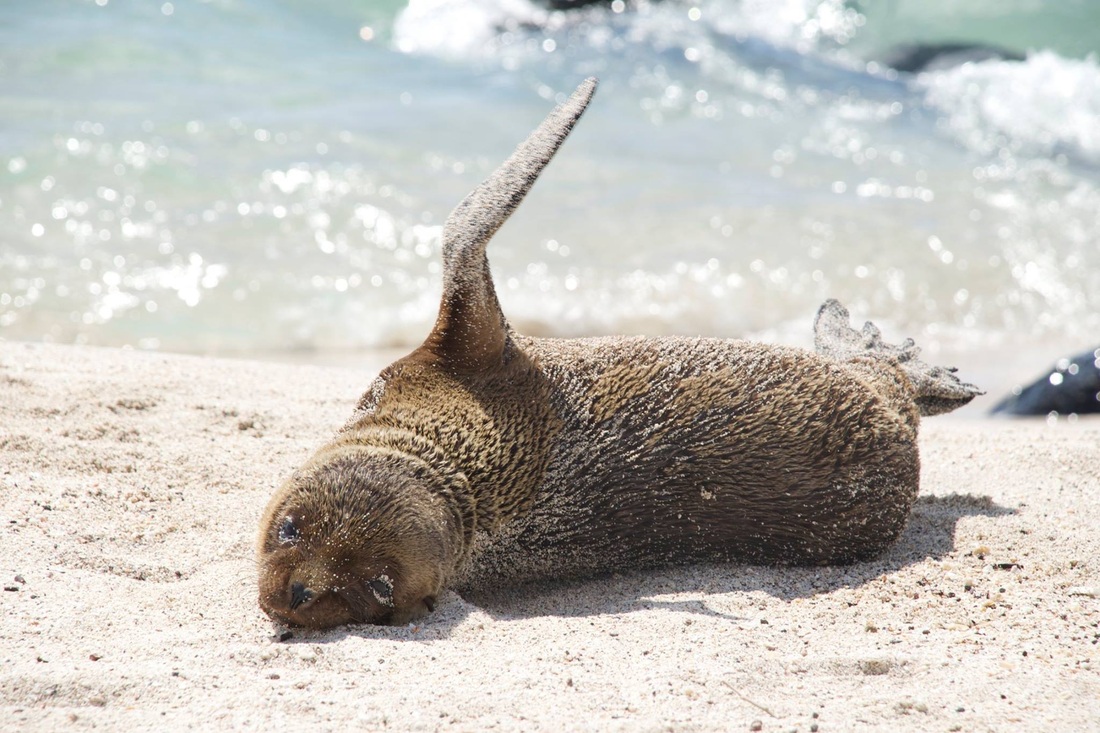

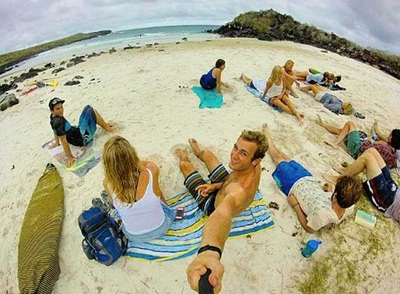
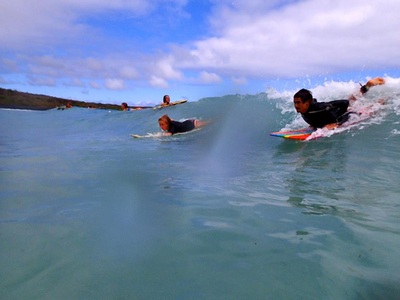
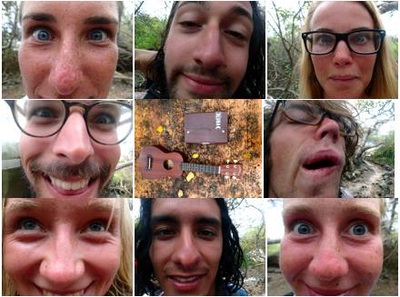
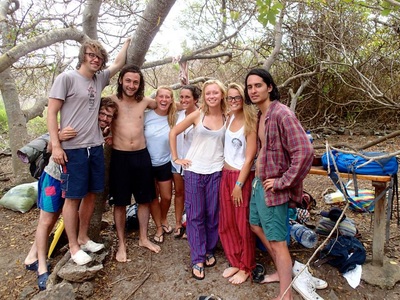
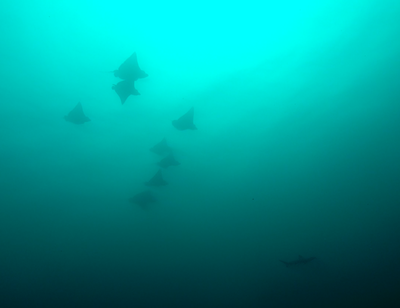
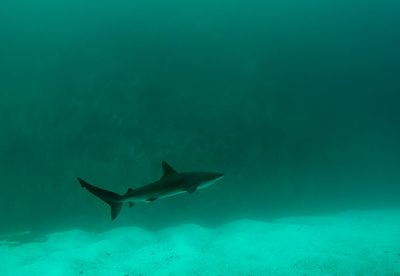
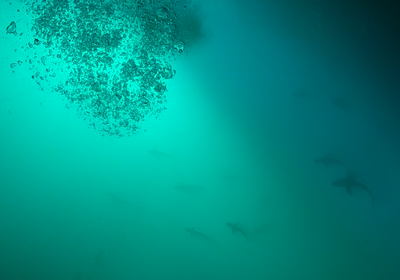
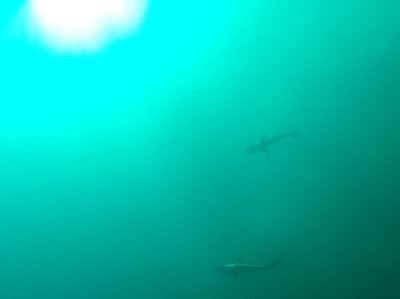
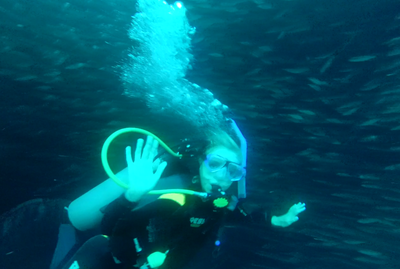
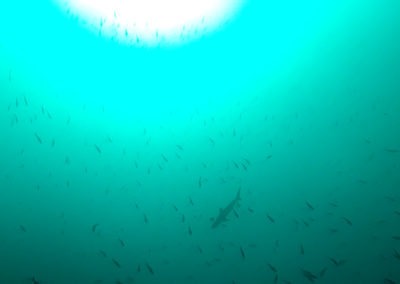

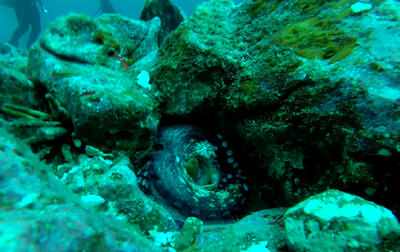
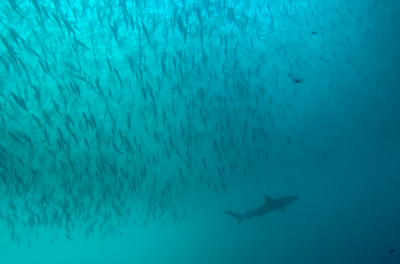
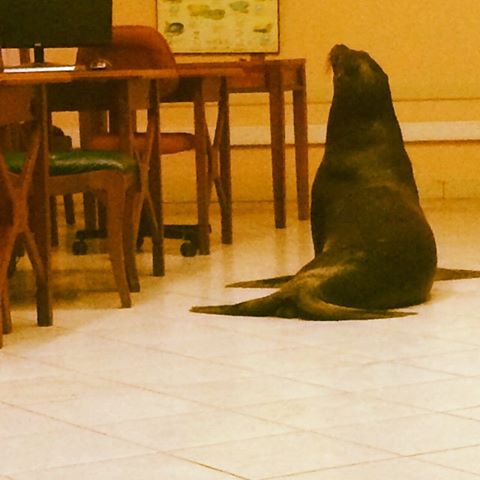
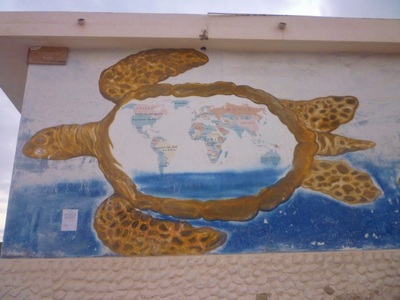

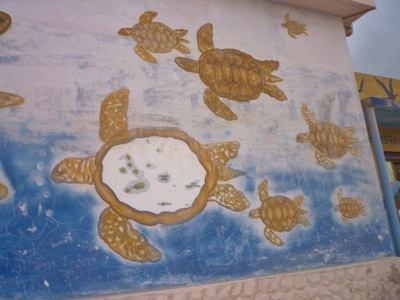
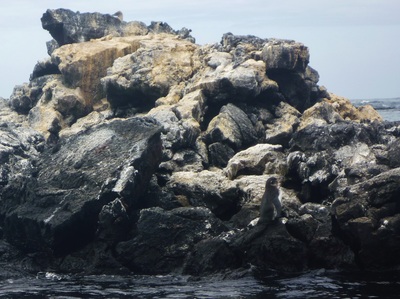
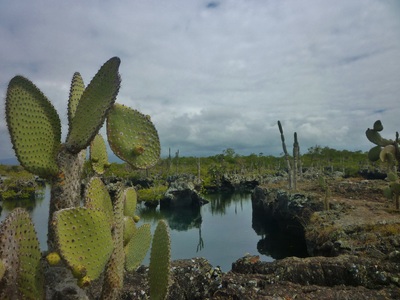

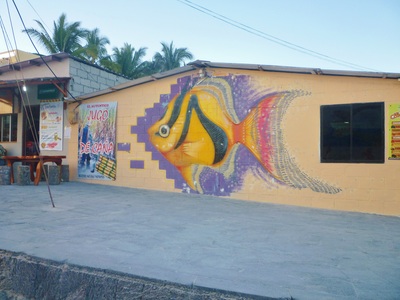
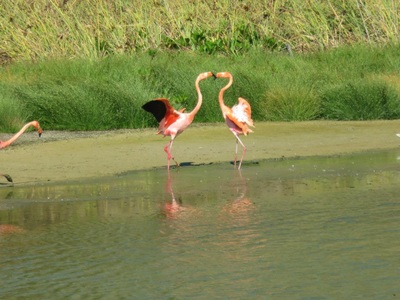
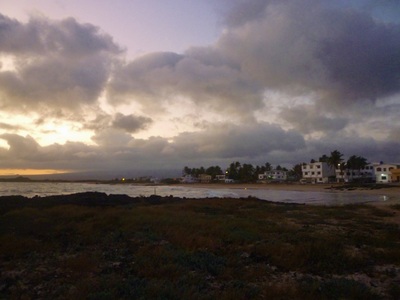
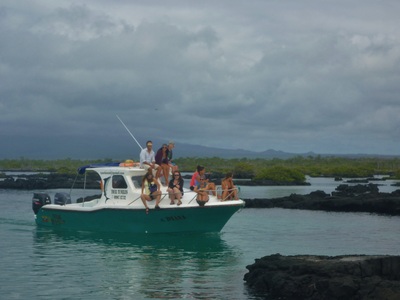
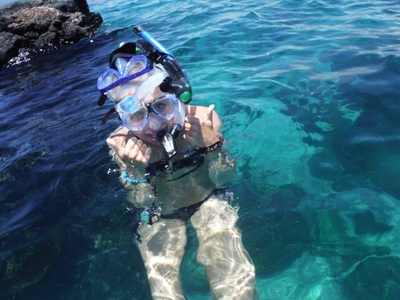
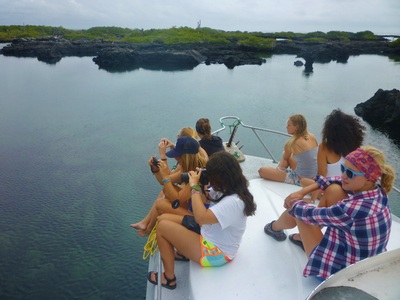
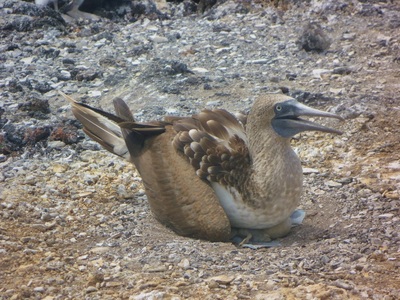
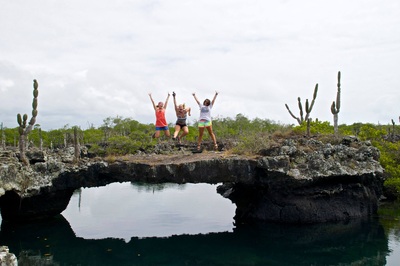
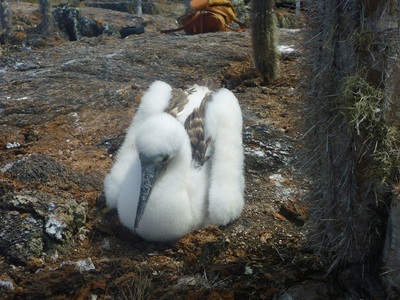
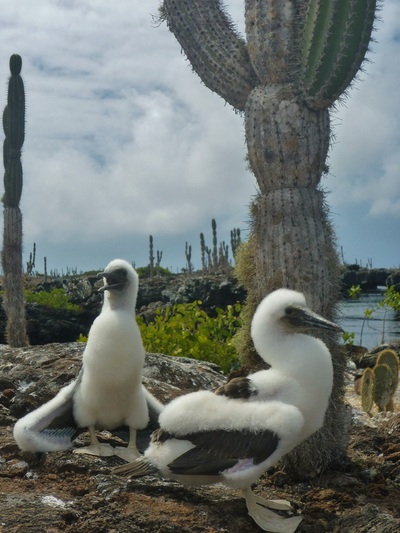
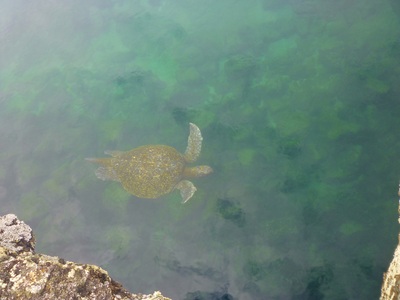
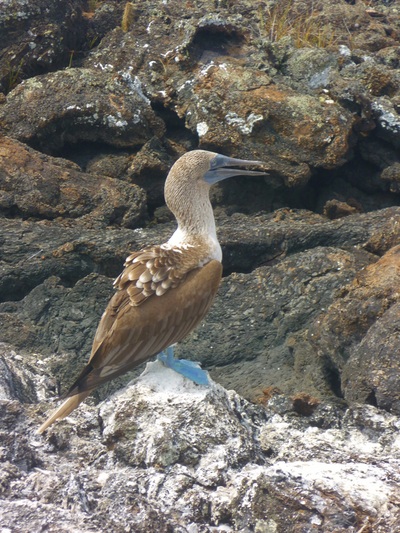
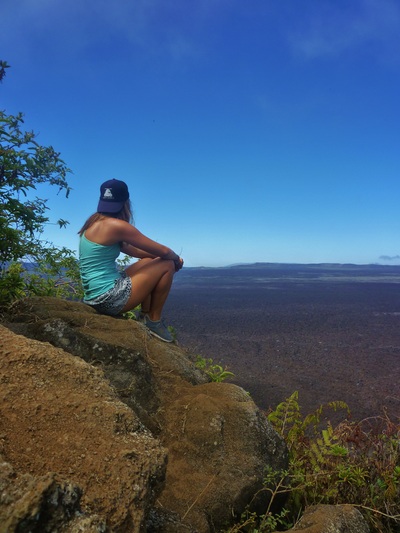
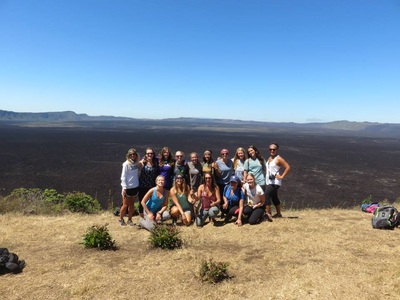
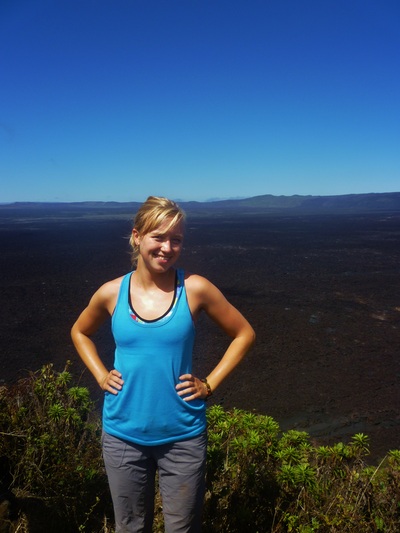
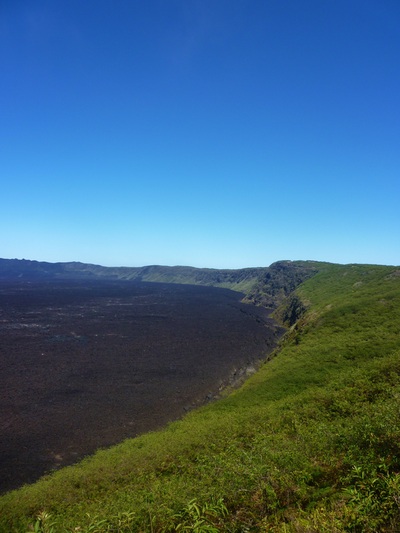
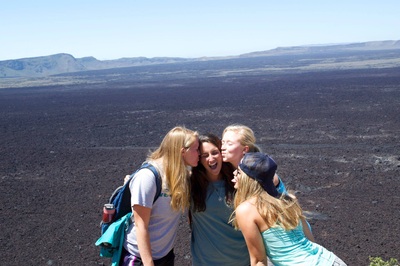
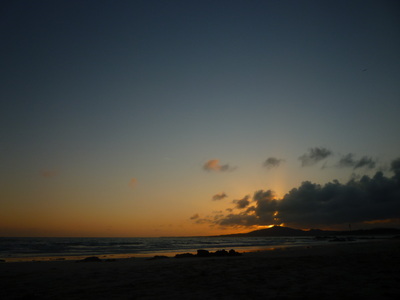
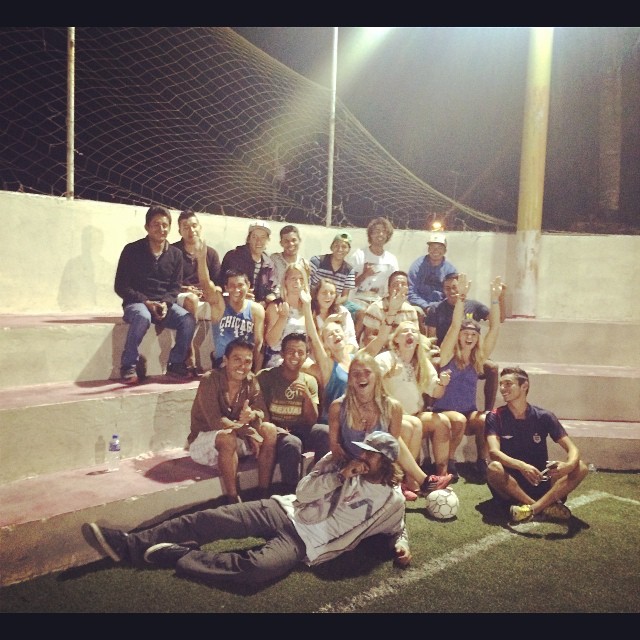
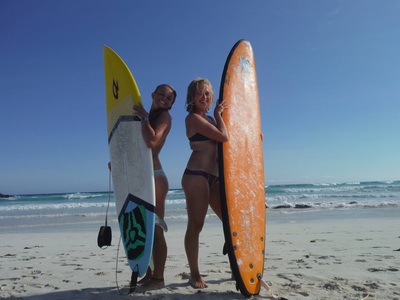
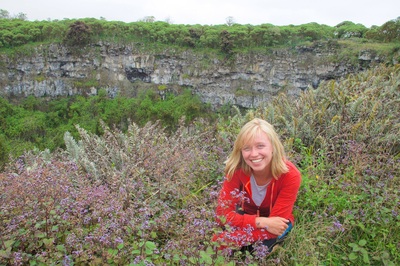
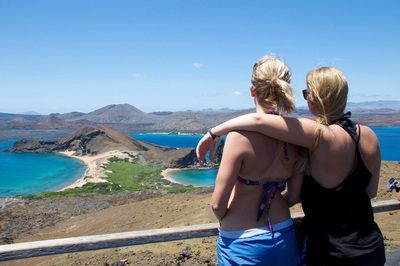
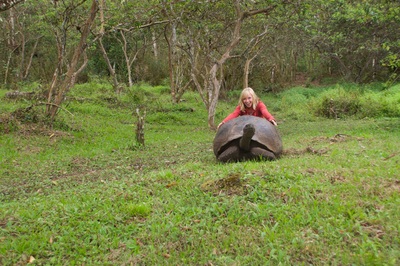
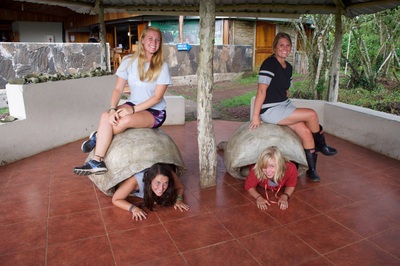

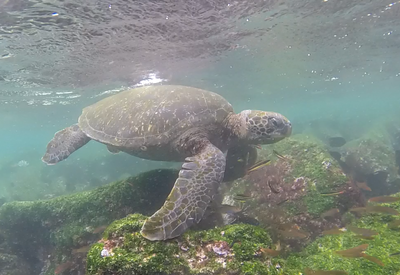
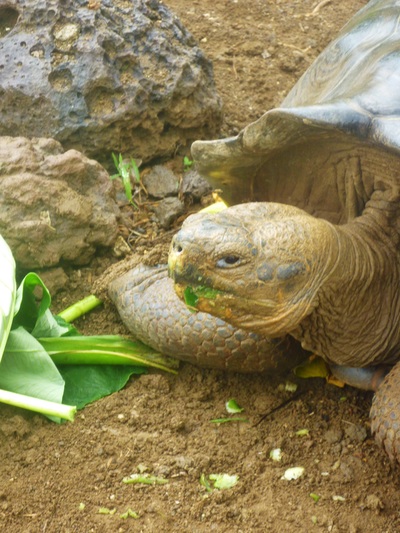
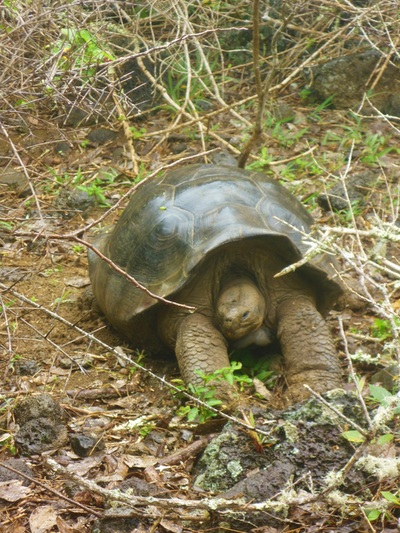
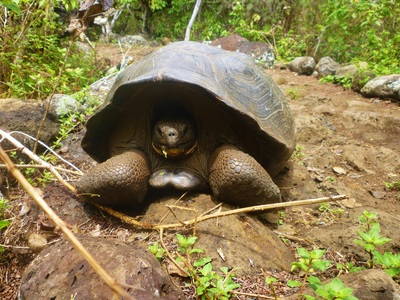
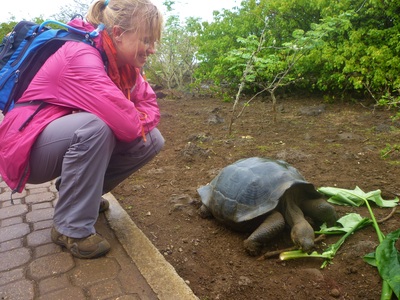
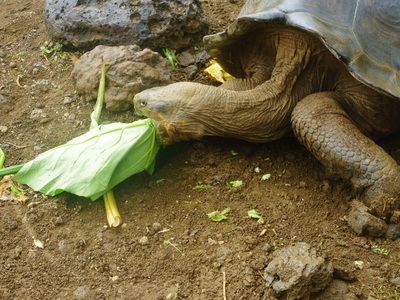
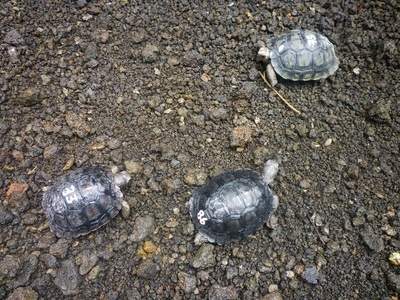
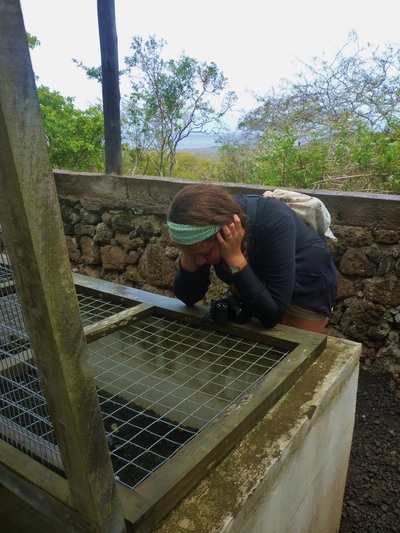

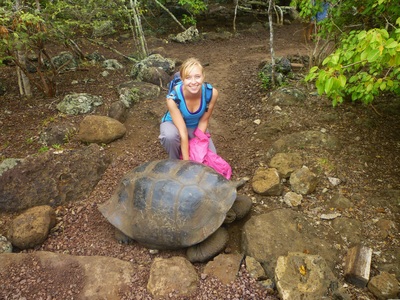
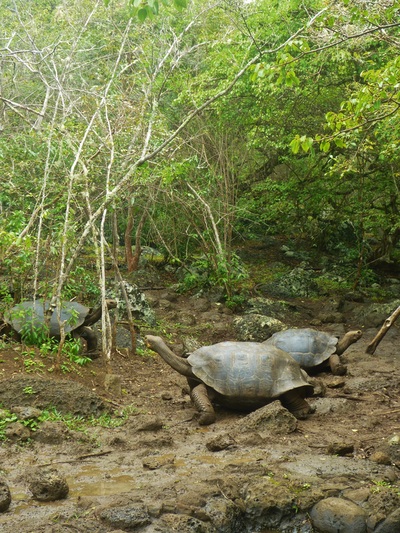
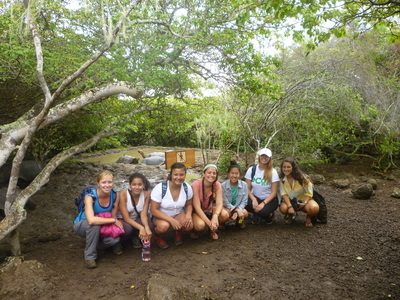
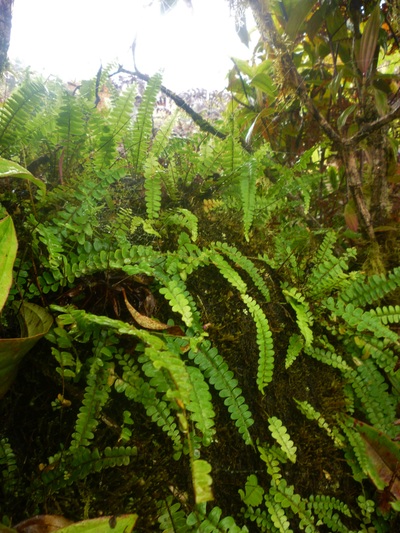
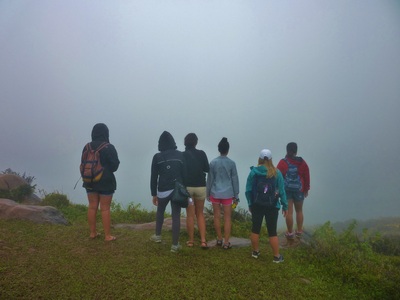
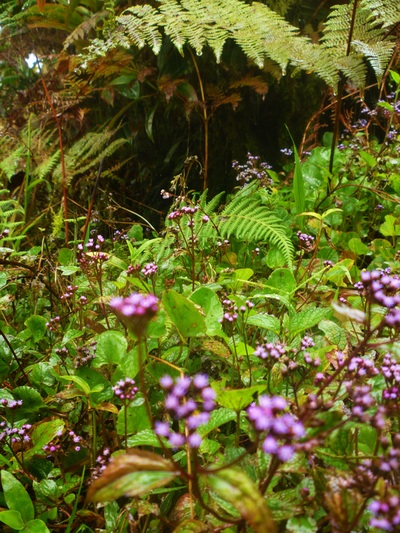
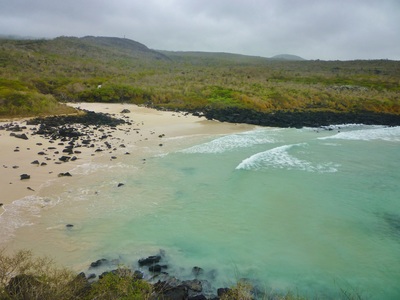
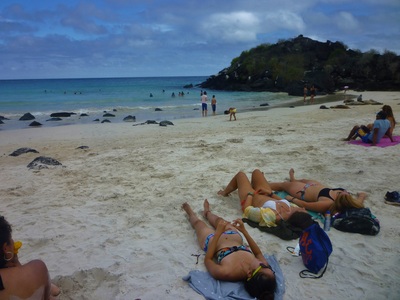
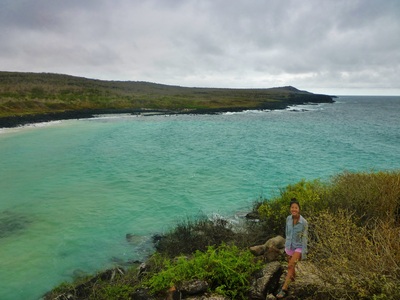
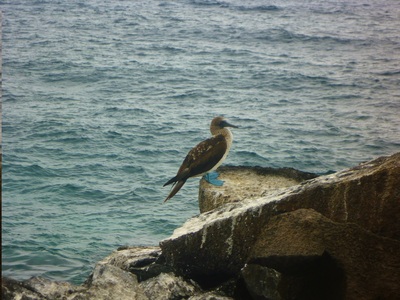
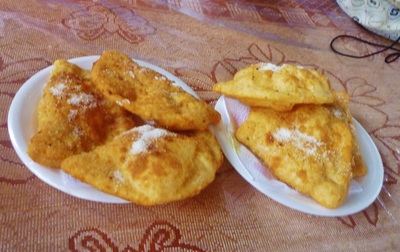
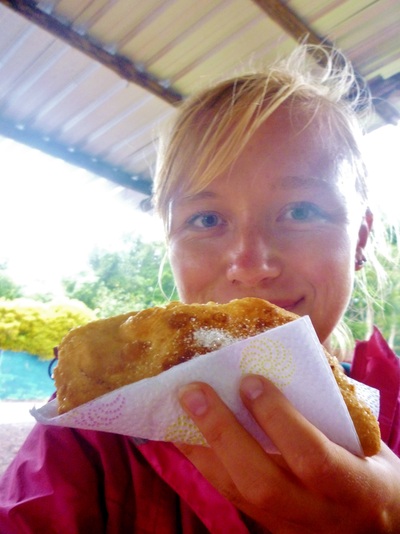
 RSS Feed
RSS Feed
